Before solar panels covered rooftops and powered cities, the idea behind capturing the sun’s power was just a spark of curiosity. In 1839, a young French physicist, Edmond Becquerel, discovered the photovoltaic effect, a process where light or radiant energy generates voltage or electric current.
This breakthrough planted the seed for what would become a global shift in energy.
By the 1860s, Augustin Mouchot, a French mathematician, identified its potential and began experimenting and designing solar-powered engines. His patents ignited a wave of innovation, which has laid the foundation for modern renewable energy solutions.
What started as a scientific curiosity has now evolved into a world powered by the sun. And today, bifacial panels make every ray more efficient, powering a cleaner Philippines.
The Inception of solar power in the Philippines
The Philippines’ shift to solar energy was driven by its early pioneers, and Robert Lopez Puckett was one of them. In 1976, he founded SOLARCO, bringing solar technology into the spotlight at a time when blackouts were a daily struggle. His innovations proved that the sun was more than just heat and light. It is a vast source of potential energy.
One of the first large-scale solar projects shone bright at Manuel L. Quezon University in Manila, where 320 solar panels slashed electricity costs by 20%. Decades later, Puckett’s vision still fuels the industry, with modern innovations like bifacial solar panels leading the charge.
To keep that legacy alive, the Filipinos continue to harness more sunlight, cut down on electricity costs, and build a cleaner, sustainable future for themselves.
Bifacial Solar Panels
Multitaskers of the solar world, Bifacial solar panels capture sunlight from both its front and rear surfaces. This sets them apart from the traditional solar panels, also known as monofacial panels, which have long been the standard, capturing sunlight solely on their front surface.
This dual-sided design allows them to harness not only direct sunlight but also the light reflected off surfaces like the ground, water, or nearby structures.
The science behind the dual capture
Bifacial Solar Panels absorb direct sunlight on the front while capturing reflected light on the back. This dual approach boosts energy production, with studies showing efficiency gains of up to 30% compared to traditional monofacial panels.
How Do They Work?
- The front side absorbs direct sunlight, just like a regular solar panel.
- The back side collects reflected light from below.
- This additional light increases energy generation by up to 30% compared to monofacial panels.
The Shift Towards Efficiency: P-Type vs. N-Type Solar Panels
Within the solar industry, there are two main types of silicon cells,
P-type and N-type.
Understanding their differences is key to recognizing why N-type technology is rapidly becoming the new standard for every type of solar panel.
P-Type Solar Panels
P-type solar cells, made with boron-doped silicon, have been the industry standard for years. While they are cost-effective and widely used, they come with a major drawback, they degrade faster due to oxygen-related impurities and a phenomenon called Light-Induced Degradation (LID), which reduces efficiency over time.
N-Type Solar Panels
N-type cells, on the other hand, are phosphorus-doped and offer several advantages:
✔ Higher Efficiency: They experience less degradation and maintain higher power output over their lifespan.
✔ Better Performance in Low Light: N-type panels perform better in cloudy or diffuse light conditions, making them ideal for areas with varying weather.
✔ Reduced LID: Unlike P-type, N-type panels suffer little to no Light-Induced Degradation, ensuring longer-lasting efficiency.
Why N-Type is Taking Over
The superior durability, efficiency, and reliability of N-type panels make them the preferred choice for bifacial solar technology. Since bifacial panels capture light from both sides, they demand a high-efficiency cell structure, something that N-type excels at.
Many major manufacturers are now phasing out P-type technology, replacing it with advanced N-type cells to ensure better energy yield, longevity, and overall performance.
With N-type bifacial solar panels, you get the best of both worlds. Higher efficiency and the ability to generate more power from reflected sunlight. This is why investing in this technology is a smart move for both businesses and homeowners looking for long-term energy savings and sustainability.
Reflecting on the benefits
1. Increased Energy Output
Since bifacial panels generate power on both sides, they produce more electricity without requiring additional space. This makes them an excellent choice for businesses or homeowners looking to maximize their investment in solar energy.
2. Durability and Longevity
Bifacial panels are often built with tempered glass on both sides, enhancing their durability and resistance to harsh weather conditions. Many of these panels come with a lifespan of 25 years or more, ensuring a long-term return on investment.
3. Better Performance in Diffuse Light
Unlike monofacial panels, bifacial modules can continue generating power even when the sky is overcast. The additional reflection from surrounding surfaces helps maintain consistent performance.
4. Aesthetic and Flexible Design
With their transparent back sheets or double-glass construction, bifacial panels can be integrated into various architectural designs, such as carports, pergolas, and glass roofs, making them ideal for modern and functional installations.
Bifacial Solar Panels in the Philippines
With abundant sunlight and a growing commitment to renewable energy, the Philippines is an ideal country to invest in bifacial solar panels. These panels,
✔ Generate more power in less space.
✔ Reduce dependence on grid electricity.
✔ Lower your energy costs in the long run.
By maximizing sunlight absorption from both sides, bifacial panels are transforming the way Filipinos power their homes and businesses while delivering greater efficiency, sustainability, and long-term savings.
Illuminating the path forward
The evolution of solar technology has been a journey of innovation and adaptation. From the early days of monofacial panels to the advent of bifacial technology, the goal has always been to harness the sun’s energy more efficiently.
As we look to the future, bifacial solar panels represent a promising advancement in our quest for renewable energy solutions. Their ability to capture more sunlight, combined with their durability and aesthetic appeal, makes them a compelling choice for those looking to invest in solar power.
At Nativ Techniks, we are proud to be part of this journey, offering solar solutions that not only meet your energy needs but also contribute to a brighter, more sustainable future for all.
So, contact us to know more and get the best panel for your needs. To call, dial +639176310032 or write to us directly at wecare@nativtechniks.com
Read our other blogs
Flexible Solar Panels: The Future of Portable & Efficient Solar Power Solutions
How Solar Panels Are Boosting Disaster Resilience in the Philippines
How Many Solar Panels Do You Really Need to Power a Factory? Let’s Find Out!


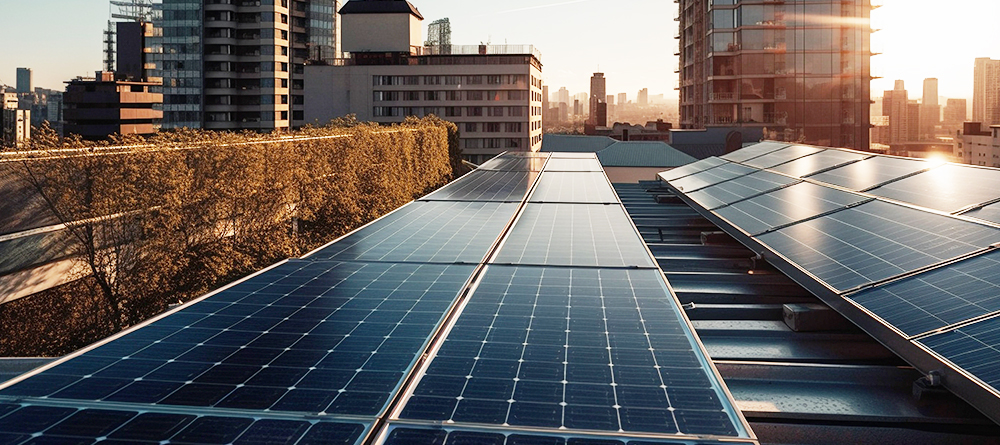
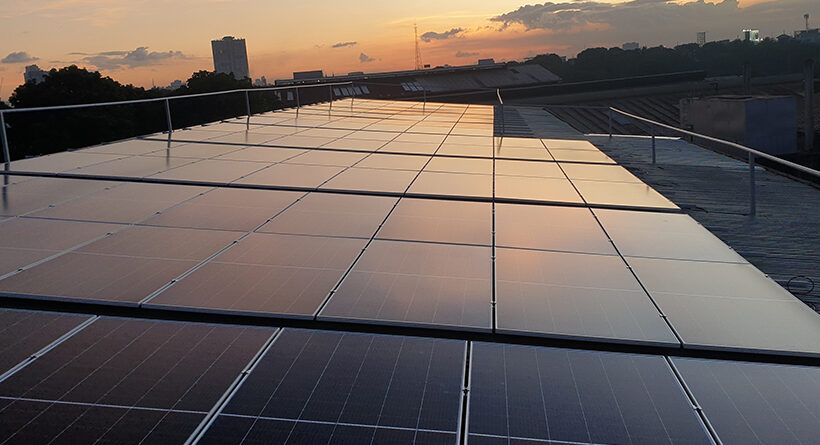
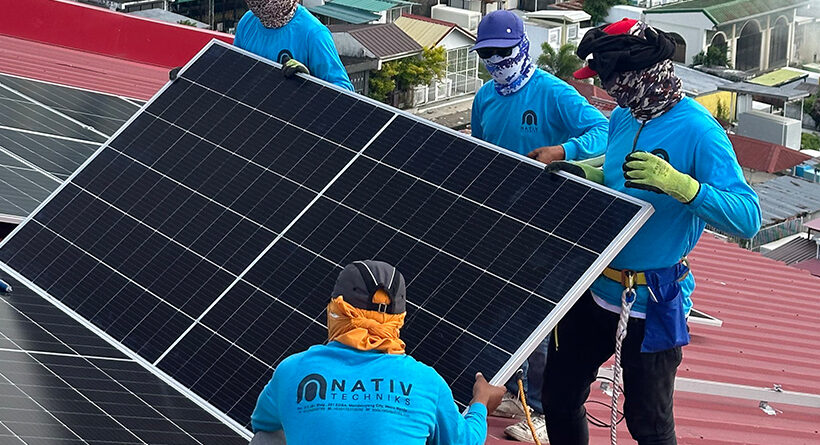
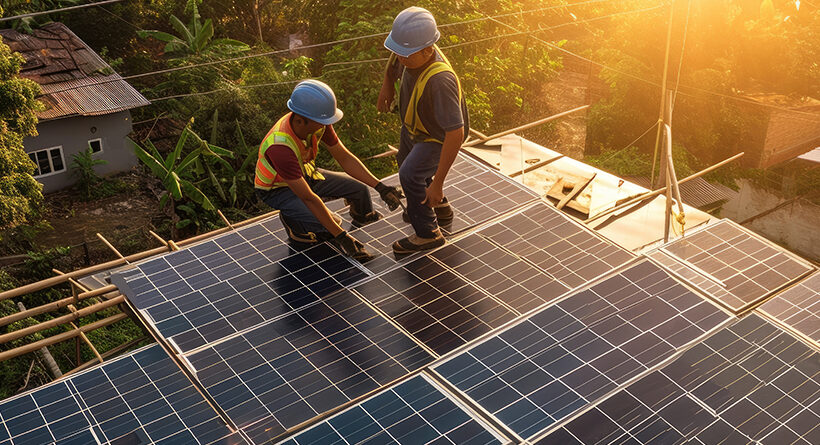
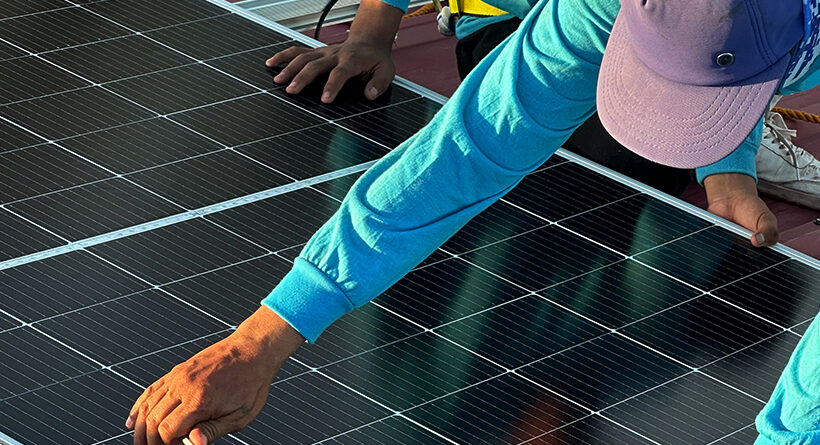
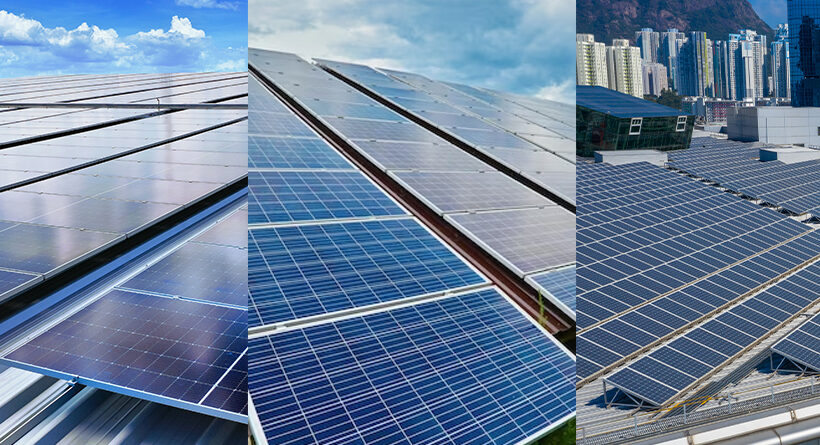
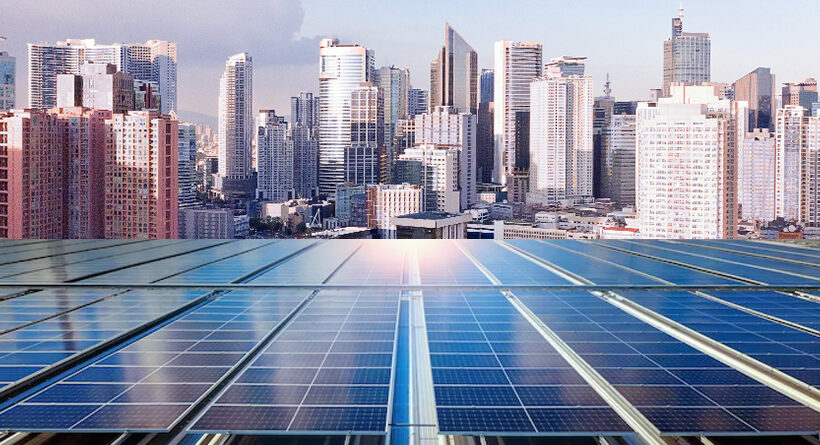
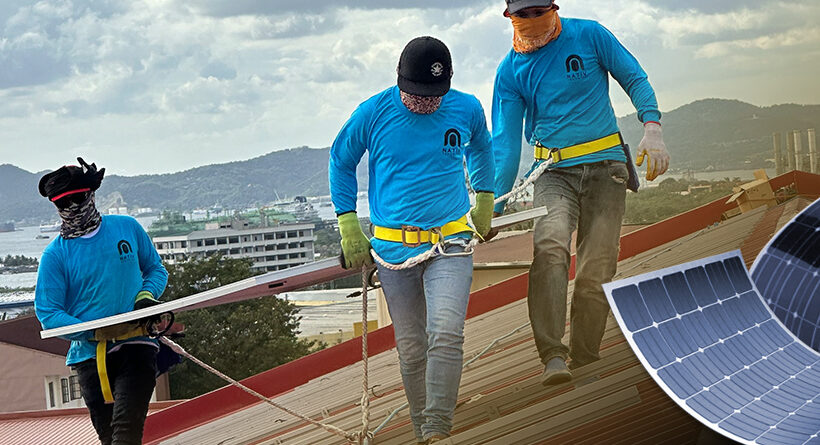
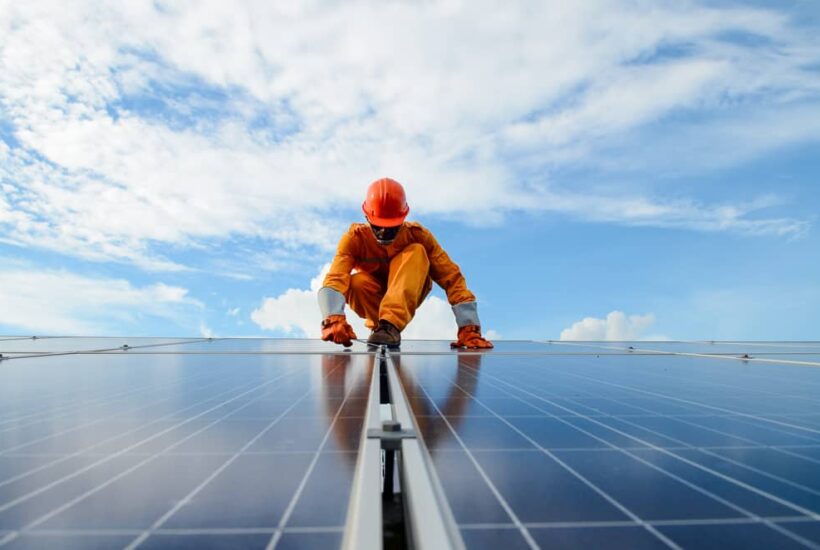
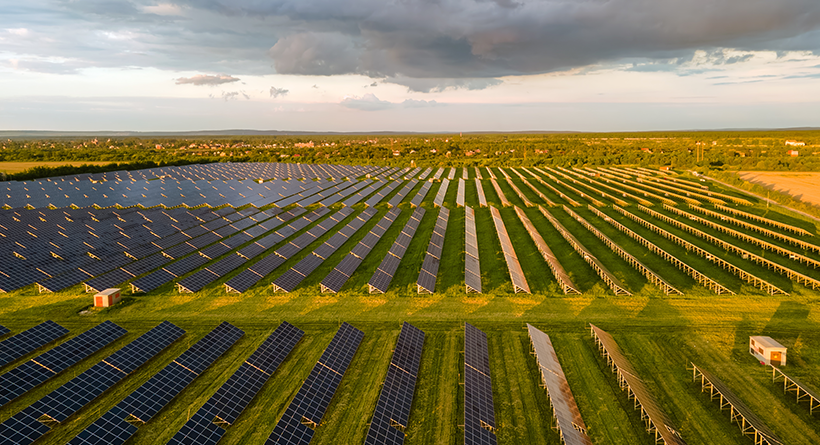
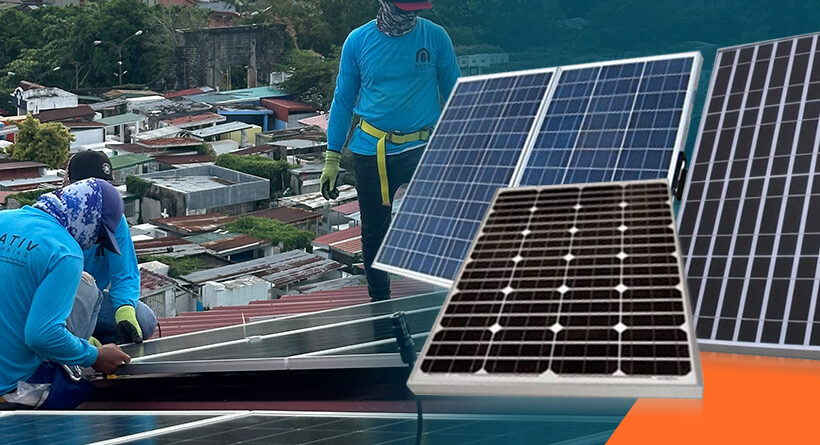
Leave a Reply